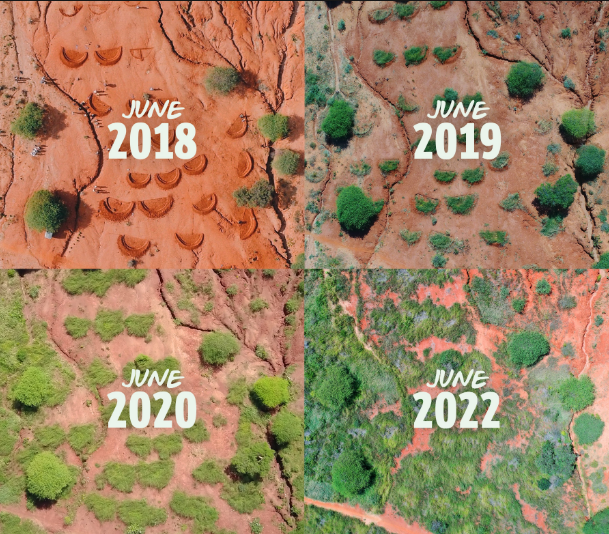Thank you! That looks like a great system
Blair
Typically, with hydroponics or aquaponics, you won’t have a problem. For example, fungus gnats(a common attacker of house plants) are born in soil and feed on decaying plant matter. So, if you remove the soil, you can’t have fungus gnats.
Haha could I have more info on NFTs? When I try searching it up, I only get the non-fudgable token kind of NFTS 😆
Just guessing, though, think of this as a low-income starter kit. Assuming you can scavenge the bottles and substrate, this whole set up might cost around $40CAD (though keep in mind that’s a rough estimate from someone with dyscalculia hahaha)
That quote was for the shoes. Sorry for not being clear about that. I’ll edit my post to add dividers in case that helps
I didn’t mean it as a advert (I even pointed out that more work needs to be done on efficiency), I just wanted to share an energy generation possibility that most people don’t know is a thing. I apologize that my wording came off as so bias
I tried looking it up, and most sources still say that cold-weather heat pumps only work until -30c, which still isn't cold enough when parts of my province reached -50c. I am not saying I don't believe you, just that I would like to know more haha. According to this, Norway is pretty comparable climate wise to the Canadian averages, but Canada does get colder, so I hope it's not just that.
Heat pumps are gaining in popularity here, just not on their own yet.
I agree that solar and heat pumps are better! However, heat pumps and electric vehicles lose effectiveness as the temperature drops. So, when it reaches -40c here, the people who own heat pumps still need their furnace as a backup. Most the time heat pumps are fine, but right now backup heat is still needed for those cold snaps or they risk the cold and their pipes freezing and bursting.
So the idea is to use a renewable source of methane as that fuel until it’s no longer needed(and stopping waste pollution while doing it).
The main difference is that it would be moving from non-renewable sources to renewables. As well as that, the methane is already there being released, it’s just right now we don’t use it and instead a large portion of the world just dumps it into the ocean or rivers untreated. So it would be turning human waste pollution into fuel and fertilizer instead of contaminating water sources and releasing the methane.
In cold climates, heat pumps don’t work when it’s gets to -40c, so people who own them have gas furnaces as a backup. The same happens with electric vehicles; their range drops with the temperature, and some stopped working a few days last winter.
SO that’s why human waste is considered a “transition fuel.” It’s an option to supplement other energy sources until we have what we need to transition away for good.
There's actually several problems with most hydro dams that sadly is often completely ignored due to it being "green energy." For example:
- Disrupting Fish Migrations. The dams can act like walls, stopping annual fish migrations. Though this is sometimes minimized using fish-ladders, often many other aquatic species that can't use the ladders are ignored.
- Displacing people and wildlife. For example, Lake Minnewanka in Alberta, Canada, has an underwater town that was flooded for a hydro-dam. The spot was also of importance to the indigenous people of the area, as it was seen to be connected to the spirit world.
- Polluting the Water. By causing higher levels of sediment and algae in the reservoirs. This is called “eutrophication.”
- Hurting or Killing Wildlife. The released water is often cold and low in oxygen, which can shock and even kill wildlife downstream.
- Water-Depletion. Reservoirs can cause water-depletion for an area, since still water evaporates faster than the water in a moving river, and the plants consume water to work.
That's why I don't always classify hydro as actually being green energy. There's hope in small-scale turbines making a comeback in a fish-friendly style https://youtu.be/KEsrAmM07fs , as well as updated takes on tidal energy, such as the wave swing. https://youtu.be/mxesgXdw0Zw























They go off of who volunteers. For example, if a person who specializes in fixing stand mixers volunteers, that will be one of the tables people can visit. That repair person brings the parts (for example, there are a few parts in stand mixers that tend to break, so the repair person would know to bring fixes for those). I have also heard of repair cafe's elsewhere even bringing in 3D printers to help with part replacement.
Here is the text from a recent one in my town:
Items that are accepted at Repair Café events:
Items not allowed: